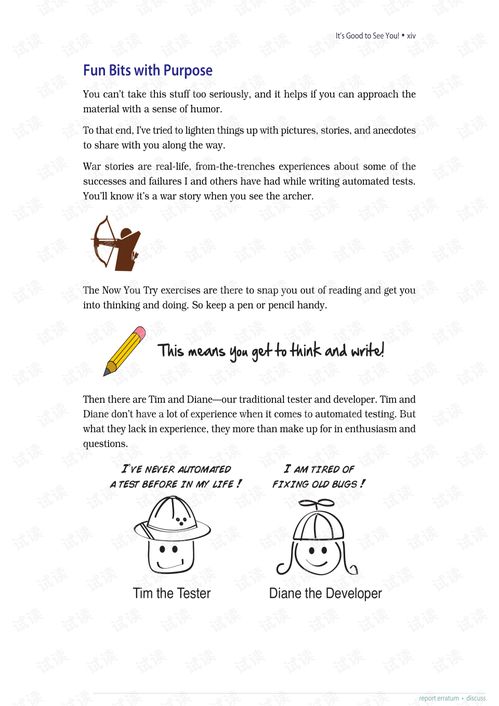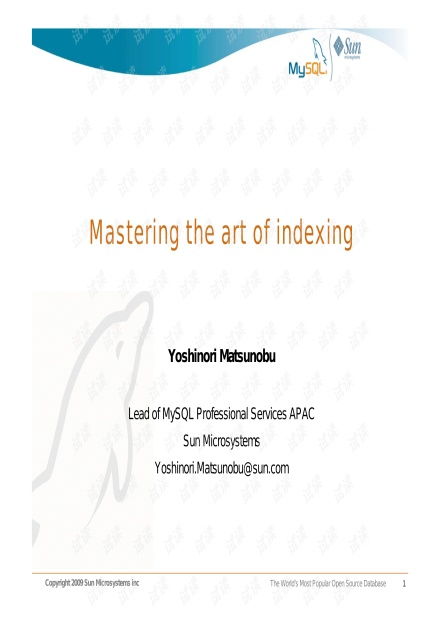Content:
Embarking on the delightful hobby of fishing can be an exciting yet daunting experience, especially for those who are new to the art. Whether you're planning a serene day by the lake or an adventurous trip to the ocean, mastering the fishing techniques is essential to ensure a successful and enjoyable fishing experience. In this comprehensive guide, we'll walk you through the basics of fishing, including essential equipment, techniques, and step-by-step illustrations to help you become a proficient angler.
Understanding the Basics
Before you start casting your line, it's crucial to understand the basics of fishing. Here's a quick rundown:
Types of Fishing:
- Freshwater Fishing: This involves fishing in lakes, rivers, and streams.
- Saltwater Fishing: It's done in oceans, seas, and coastal areas.
Types of Fish:
- Panfish: Small fish like sunfish, crappie, and bluegill.
- Bass: Largemouth and smallmouth bass are popular targets.
- Carp: Known for their resilience and can be found in both freshwater and saltwater.
Essential Fishing Equipment
To get started, you'll need some basic equipment:
Rod and Reel:
- Rod: Choose a rod that matches the type of fish you're targeting.
- Reel: Spinning reels are great for beginners, offering ease of use and versatility.
Line:
- Monofilament: Lightweight and easy to cast.
- Braided Line: Stronger and more sensitive, ideal for heavy-duty fishing.
Lures and Baits:

- Artificial Lures: These mimic the movement of real insects, fish, or other prey.
- Natural Baits: Live bait or dead bait can be used, depending on the fish you're targeting.
Tackle Box:
- Include hooks, sinkers, swivels, and other accessories to customize your setup.
Step-by-Step Fishing Techniques
Now, let's dive into the step-by-step techniques for successful fishing:
Casting
a. Hold the Rod:
- Grip the rod with your dominant hand, placing your index and middle fingers on the reel seat.
b. Load the Reel:
- Wind the line onto the reel until you have enough line to cast.
c. Cast:
- Point the rod tip towards your target, then pull back and let go with a smooth motion.
Baiting the Hook
a. Choose Your Bait:
- Select the appropriate bait or lure based on the fish you're targeting.
b. Thread the Bait:
- Slide the bait onto the hook, ensuring it's secure and won't come off easily.
Luring the Fish
a. Find a Good Spot:
- Look for areas where fish are likely to be, such as near rocks, logs, or vegetation.
b. Cast Your Line:
- Cast your line into the water, allowing it to sink to the desired depth.
c. Retrieve the Line:
- Move the lure or bait in a natural, lifelike motion to attract fish.
Setting the Hook
a. Watch for Bites:
- Keep a keen eye on your bait or lure for any signs of interest from fish.
b. Set the Hook:
- When you feel a tug or a bite, quickly and firmly pull back on the rod to set the hook.
Reeling in the Fish
a. Guide the Fish:
- Gently guide the fish towards the boat or shore while maintaining tension on the line.
b. Land the Fish:
- Once the fish is close enough, use a net to gently scoop it out of the water.
Step-by-Step Illustrations
To further aid your learning, here are some step-by-step illustrations that accompany the techniques mentioned above:
[Insert illustrations here]
Final Tips for Beginners
- Practice Patience: Fishing is a patient sport. Don't get discouraged if you don't catch anything right away.
- Stay Informed: Keep up with local fishing reports and regulations to ensure a successful and legal fishing trip.
- Safety First: Always wear a life jacket when fishing in open water, and be aware of your surroundings.
By following this beginner's guide and practicing the techniques outlined, you'll be well on your way to becoming a skilled angler. Happy fishing!












